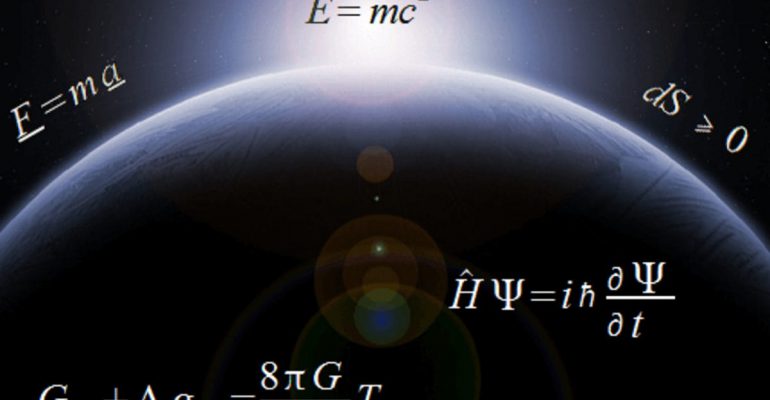The Enigmatic World of Physics: Unraveling the Universe’s Mysteries
April 5, 2024 2024-04-05 10:44The Enigmatic World of Physics: Unraveling the Universe’s Mysteries

The Enigmatic World of Physics: Unraveling the Universe’s Mysteries
Physics, a branch of science that has long captivated the human mind, is the fundamental study of matter, energy, and the forces that interact to shape our universe. From the infinitesimal particles that constitute the fabric of existence to the sprawling galaxies in the cosmic void, physics offers a framework for understanding the natural world in its most profound depths. This article delves into the essence of physics, its subdivisions, groundbreaking discoveries, and the relentless quest of physicists to decode the universe’s mysteries.
The Essence of Physics
At its core, physics seeks to uncover the laws governing the behavior of the physical world. It’s a pursuit that combines rigorous mathematical theories with experimental investigation, aiming to explain the universe’s workings from the most basic principles. Physics questions range from the minuscule—what is the nature of quarks?—to the vast—how did the universe begin and what is its fate?
Branches of Physics
Physics is an expansive field, encompassing a variety of sub-disciplines, each focusing on specific aspects of the physical world:
- Classical Physics: The oldest branch, covering laws of motion and gravitation as discovered by Newton, and theories of electricity, magnetism, and light.
- Quantum Physics: Explores the bizarre world of atoms and subatomic particles, where the conventional laws of physics are turned on their head.
- Relativity: Introduced by Einstein, it revolutionizes our understanding of time, space, and gravity, especially under extreme conditions.
- Astrophysics: Applies the laws of physics to celestial bodies, seeking to understand stars, galaxies, black holes, and the universe itself.
- Condensed Matter Physics: Focuses on the physical properties of matter in its solid and liquid states, with applications in developing new materials and technology.
Groundbreaking Discoveries
The history of physics is adorned with discoveries that have profoundly altered our understanding of the universe:
- Newton’s Law of Universal Gravitation: Unified celestial and terrestrial mechanics under one law of motion.
- Maxwell’s Equations: Described the fundamentals of electricity and magnetism, paving the way for the technological revolution.
- Einstein’s Theory of Relativity: Introduced concepts of space-time and energy-mass equivalence, which have implications for the structure of the universe and the development of nuclear energy.
- Quantum Mechanics: A framework for understanding the micro-world, leading to the invention of transistors, lasers, and quantum computing.
The Unending Quest
Physicists today stand on the shoulders of giants, pushing the boundaries of what we know. The Large Hadron Collider probes the fundamental particles of the universe, while telescopes peer into the depths of space, observing phenomena that challenge our understanding of physics. The mysteries of dark matter, dark energy, and the quest for a theory of everything suggest that physics is far from a finished story.
The Impact of Physics
The implications of physics extend beyond theoretical understanding; they are woven into the fabric of modern society. Technologies that define our daily lives, from smartphones to MRI scanners, are rooted in principles of physics. The discipline also addresses some of today’s most pressing challenges, such as climate change and renewable energy.
Conclusion
Physics is not just an academic discipline; it is a journey to understand the universe at its most fundamental level. As we continue to explore, from the quantum realm to the cosmic expanse, physics promises to unveil more of the universe’s secrets, challenging our perceptions and expanding our horizons. The pursuit of such knowledge is not merely an academic endeavor but a profoundly human one, reflecting our unquenchable thirst for understanding the cosmos and our place within it.
Popular Tags


















